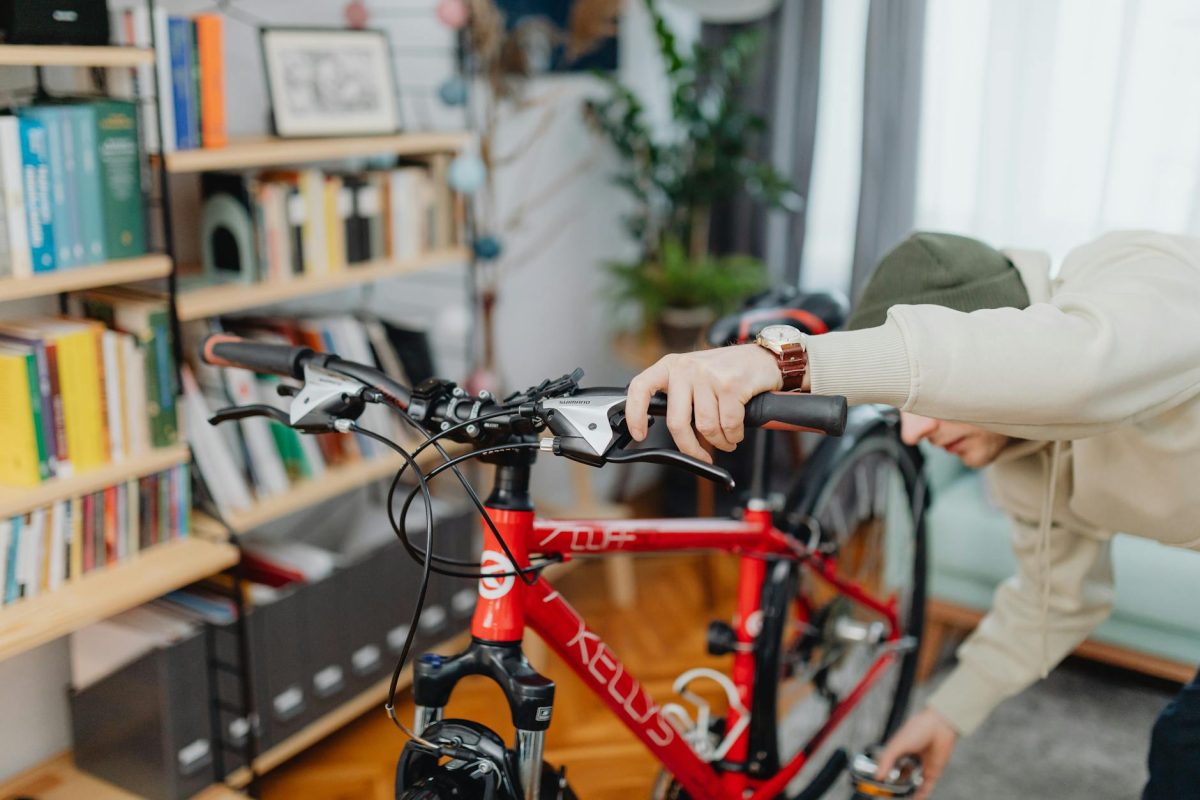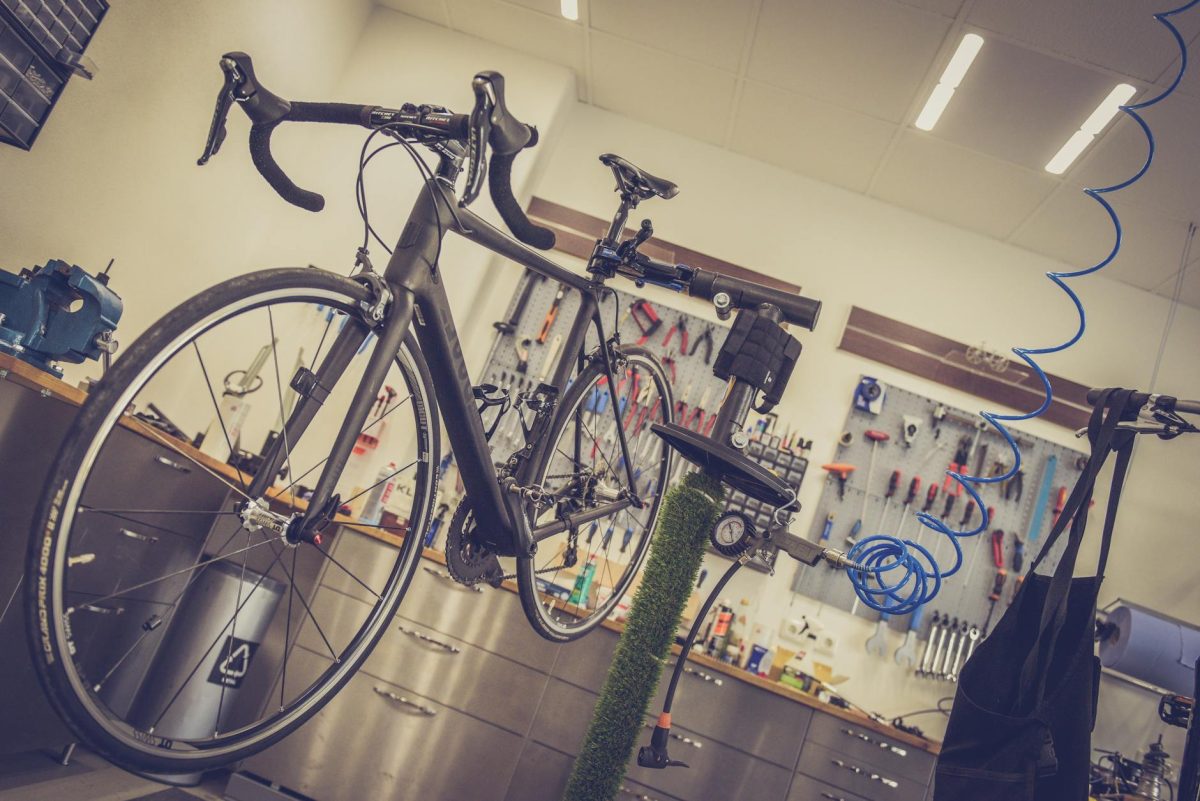Cycling is a fantastic way to stay fit, explore new places, and enjoy the great outdoors. However, one common issue that cyclists encounter is loose handlebars on their bikes. A wobbly or loose handlebar can not only be annoying but also unsafe. If you’re dealing with this problem, don’t worry! In this article, we will discuss some effortless solutions to fix loose handlebars on your bike and get you back to riding smoothly in no time.
Understanding the Problem
Before you can fix the issue, it’s essential to understand why your handlebars are loose. The most common reason is that the bolts that secure the handlebars to the stem may have come loose due to regular wear and tear or vibrations while riding. Another reason could be that the handlebar clamp is not tightened securely.
Tools You Will Need
To tighten your loose handlebars, you will need a few tools. These include an allen wrench or hex key that fits the bolts on your handlebars and stem. Make sure you have the correct size to avoid damaging the bolts.
Tightening the Bolts
Start by securing your bike in a stable position, either using a bike stand or by flipping it upside down. Use the allen wrench to tighten the bolts on the handlebars and stem. Turn the bolts clockwise to ensure a snug fit. Check all the bolts around the handlebar clamp to make sure they are all tightened properly.
Adjusting the Stem
If tightening the bolts doesn’t solve the issue, you may need to adjust the stem. Loosen the bolts on the side of the stem that clamp onto the fork steerer tube. Align the handlebars so that they are straight and at the desired angle. Make sure they are centered before tightening the bolts back up.
Applying Grip Paste
Sometimes, using grip paste can help create a tighter bond between the handlebars and stem. Apply a small amount of grip paste to the contact points between the handlebars and stem before tightening the bolts. This can add friction and prevent the handlebars from slipping.
Checking for Alignment
Once you have tightened the bolts and adjusted the stem, it’s crucial to check the alignment of your handlebars. Make sure they are positioned symmetrically and at the correct angle for your riding comfort. Test the handlebars by gently turning them from side to side to ensure they are securely in place.
Final Thoughts
Fixing loose handlebars on your bike doesn’t have to be a complicated task. By following these effortless solutions and taking the time to properly tighten and adjust your handlebars, you can enjoy a smooth and safe ride every time. Remember to regularly check and maintain your bike to prevent issues like this from occurring in the future. Now that you’ve fixed your loose handlebars, hop on your bike and hit the road with confidence!






